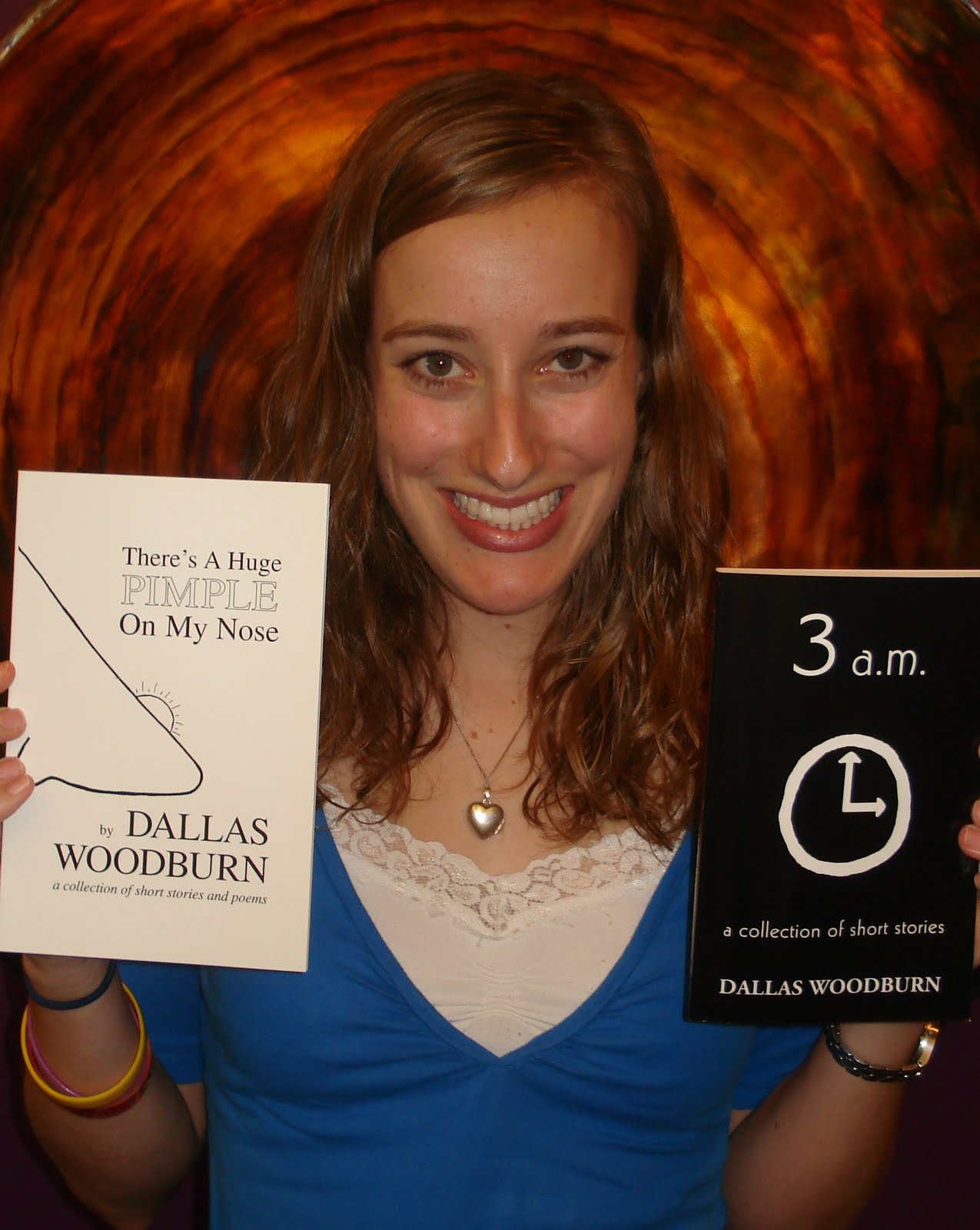.jpg) |
| {Photo credit: D Sharon Pruitt} |
From The Collected Stories of Lydia Davis, I have learned that a story can be as short as a paragraph, yet still feel complete and connect with the reader in a deep, visceral way. Davis’s piece “The Sock” is one of the most emotionally stunning stories I have read, even though it is only two pages long. Part of what makes it so affecting is that the crux of the piece hinges on a description of a sock—something so ordinary and even a bit distasteful. Who wants to read a vivid description of a smelly, sweaty sock? Yet this is precisely what gives the sock its power as an object: it is so utterly personal, like underwear but without the sexual connotation. The main character is a divorced woman and the sock is used to characterize her ex-husband. Even more poignantly, the sock provides a glimpse into their relationship, as the woman remembers the countless times she had picked up her husband’s socks in all their years together. The juxtaposition is striking; she intimately knows how he takes off his socks while reading in bed (she describes his feet resting together “like two halves of fruit”) and yet now they are living separate lives, and he is married to a different woman.
In this story and others, I like that Davis doesn’t spell everything out for the reader; questions about her characters linger afterward. Often after finishing one of her stories, I immediately want to go back and read the story again. Even months after reading "The Sock," the main character has stayed with me. In my experience, the best stories are like that; they stick with you long after the book has been closed and put back on the shelf.
Other stories that have stayed with me are those in the beautiful book a picture is worth…(Arch Street Press). The words of these sixteen young adults are incredibly poignant, honest, and filled with raw emotion. I am most struck by their mature insights and deep reflections on their lives, both the joyful and painful memories.
Betania captures the mingling of excitement and frustration that comes with artistic expression: “Just a couple of days ago, a professor from New York came and she taught photography and how to tell stories through pictures. … [She] got the school to provide us with cameras and she took my classmates and me out to our community to capture pictures. I loved the program and you really get to see that anything can be picture-perfect and everything is beautiful in its own little way. It made me see my community differently and I appreciate her for that. I didn’t like my pictures; at the moment that I captured the photos I thought they were amazing but then when I saw everyone else’s, I lost all hope in my pictures” (pg. 95). I think every artist has felt that sinking tug towards “the comparison trap”—you feel delighted with your work initially, but then at some point your internal critic takes over and suddenly it seems that everyone in the world is more artistically gifted than you are. I wish I could tell Betania: your photographs are perfect because they were created by the one-and-only you!
Ashley’s story of resilience and strength is incredibly moving. She describes cutting the word “crazy” into her arm after being bullied in school and being made to feel like an outcast. She describes moving from town to town, school to school, and battling depression: “I was simply a shell in my own life: looking pleasant on the outside but empty inside. All I wanted was for someone to come up to me and tell me that they knew exactly what I was going through and how I felt. I wanted them to tell me that they had a solution, but that didn’t happen. Why didn’t anybody just ask me how I was or how I felt?” (pg. 24). A common theme that runs through many stories in the book is a yearning for care and compassion. In this way, the book expands into not simply narratives about what it is like to be a young person in the world today, but rather what is means to be human. For this is a crucial aspect of our common humanity: wanting to be loved and seen and heard and understood.
 |
| {image credit} |
Hope for the writer, and hope for the reader, too.










No comments:
Post a Comment